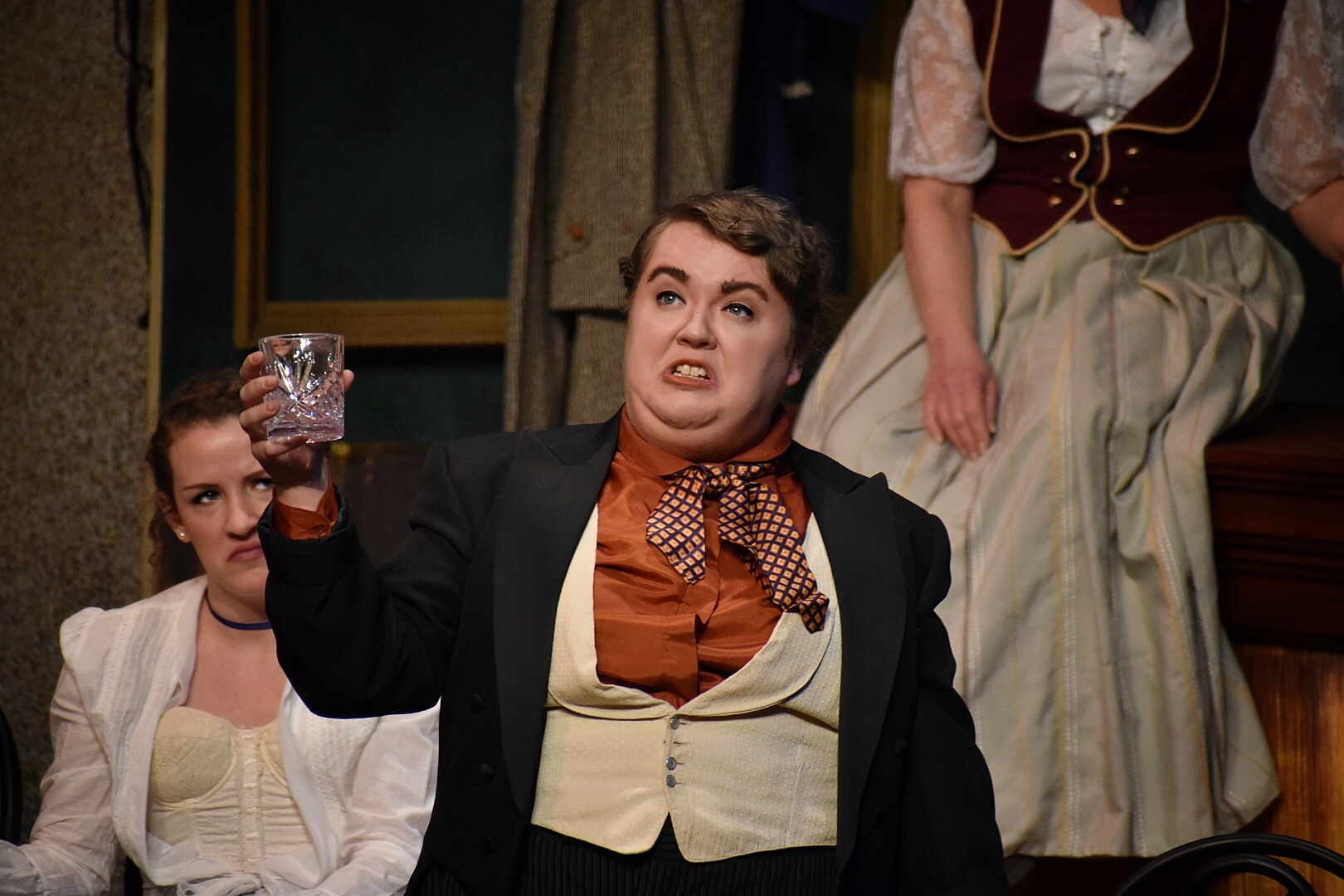

By midsummer of 1907 he had produced Les Demoiselles d’Avignon, the painting that brought art into the twentieth century. “There were five factors,” Maar said, “that determined his way of life and likewise his style: the woman with whom he was in love the poet, or poets, who served as a catalyst the place where he lived the circle of friends who provided the admiration and understanding of which he never had enough and the dog who was his inseparable companion.” These factors began to come together in May 1904, when Picasso moved into 13 rue Ravignan, a dilapidated tenement in the Montmartre district affectionately known as the Bateau Lavoir. Although she was speaking of Picasso’s postcubist days, her remarks apply best to the period in which he discovered cubism. Pablo Picasso’s biographer John Richardson quotes a comment by Dora Maar, one of the artist’s more perceptive mistresses. The psychologist of art Rudolf Arnheim has written: “How then are we to discover what takes place when a work of art is created? We can listen to what the artist reports about himself.” This holds for scientists, too. I am more interested in why Einstein and Picasso made their discoveries than in how they went about developing insights.

From a single cauldron emerged ideas that set into motion everything we call modern.

In those exhilarating days at the beginning of the last century, when everything seemed possible and realizable everywhere, Einstein and Picasso made no distinction between their personal and working lives. They also offer glimpses into the nature of artistic and scientific creativity and of how research was carried out at the common frontier of art and science. The parallels between the two during their period of greatest creativity-the first decade and a half of the twentieth century-show us much more than the common points of their own thinking. While it is a truism that one can always find amazing coincidences between any two people, in the case of Einstein and Picasso the similarities in their personal lives, working lives and creativity are uncanny and documentable. How this came about is one of the great sagas in the history of Western thought. Modern science is Einstein and modern art, Picasso. Albert Einstein and Pablo Picasso, exemplars of genius, inspiration for generations of artists and scientists, are icons of the twentieth century.


 0 kommentar(er)
0 kommentar(er)
